Ambulance waiting times are at the forefront of many people’s minds when faced with an emergency.
It is common knowledge that our frontline services are increasingly under pressure.
We’ve looked at how calls to the Scottish Ambulance service are categorised, and how long on average it takes for paramedics to show up in each health board area.
We’ve also looked at turnaround times by individual hospital.
All charts will be updated when new data, which covers all unscheduled care incidents, is available.
Calling an ambulance
The NHS states that calling 999 should be reserved for life-threatening emergencies only, with emergencies being different in adults and children.
Examples of when to call 999 include signs of heart attacks, strokes, seizures, difficulty breathing, severe injuries, heavy bleeding, sudden confusion and sudden and rapid swelling.
When calling, the handler will ask questions such as location of the emergency and what has happened.
They generally give an idea of how long you will need to wait, and may also give instructions about what to do, including giving basic first aid.
Calling 999 does not mean an ambulance will be sent, as calls are categorised based on the level of emergency.
How long do ambulances take to respond to a call?
The Scottish Ambulance Service categorises incidents into four different colour categories depending on their clinical need.
Calls to 999 are categorised based on colour, which helps to send the most appropriate response to a situation.
It also helps to identify circumstances in which an ambulance is not needed.
Calls can also be downgraded, which the data does not account for.
An incident remains categorised as the colour it was first assigned as, and not the final colour category, which may account for some longer waits.
On this, the Scottish Ambulance Service states: “Where delays occur, clinical advisers maintain contact with the patient, checking their condition on an ongoing basis, and upgrading when appropriate.”
We’ve included some charts below on the average response time for each categorisation of incident.
Called the median response time, it refers to the time in which 50% of patients are reached by a Scottish Ambulance Service (SAS) crew.
How long does it take to attend a purple or red incident?
Purple incidents refer to the most critically ill patients, and include those who have been identified as having a 10% or more chance of having cardiac arrest. It is the most serious category of calls.
The Scottish Ambulance Service states that the actual cardiac arrest rate for patients who fall within this category is 53%.
Red is the second most serious category, where patients have a likelihood of cardiac arrest between 1% and 9.9%, or having a need for resuscitation interventions.
The cardiac arrest rate across red category calls is approximately 1.5%.
How long does it take to attend an amber or yellow incident?
Amber calls are categorised as patients who are likely to need diagnosis and transport to hospital or specialist care.
Yellow calls are patients who need care, but does not or has a low likelihood of requiring life-saving interventions.
This includes patients such as those who may have tripped or fallen, but aren’t seriously injured.
Turnaround times by hospital
The below chart shows the locations of hospitals in Scotland for which data is recorded.
Data used is the median turnaround time, which refers to the length of time that 50% of SAS crews spend at hospital as result of conveying a patient.
The time starts from when the crew arrive at the hospital, to when they are clear from the incident.
Only sites which have an accident and emergency department are included.
You can use the hospital selector to change between hospitals.
How many people are taken to hospital after calling an ambulance?
Not everyone who is in contact with the Scottish Ambulance Service is taken to hospital.
Data released shows the number of incidents where people were conveyed to hospital. This just means taken to hospital.
The below chart shows the percentage of all incidents that were conveyed.
How many incidents are emergencies?
Not every incident that an ambulance is called to will turn out to be an emergency.
There may be more appropriate ways to address the call than emergency measures. The call handler will be able to advise where other pathways might be more suitable – such as GPs, NHS24 or outpatient services.
If you have been impacted by long waiting times and wish to share your story, please fill in the form below.
More health data
This article is part of a series that aims to make data about waiting times and pressures on the NHS more accessible and easy to understand. You can view the rest of the series below.
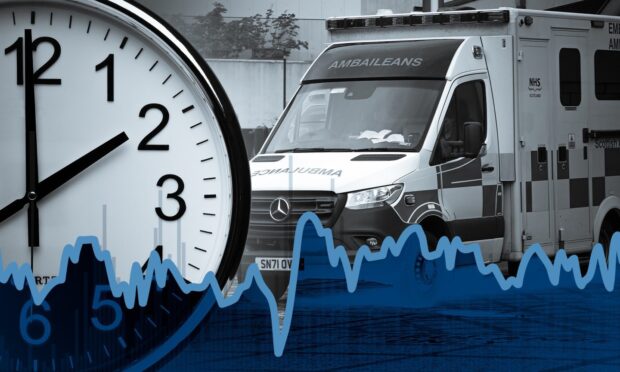





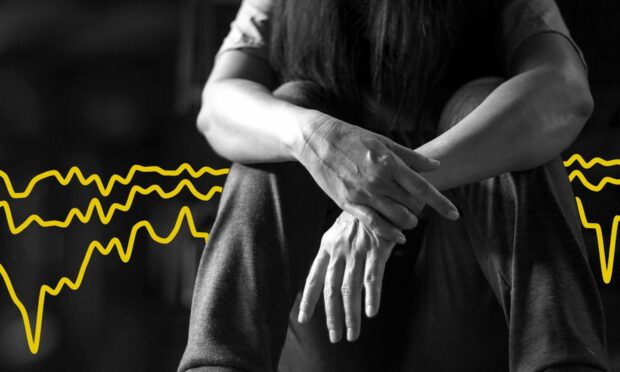
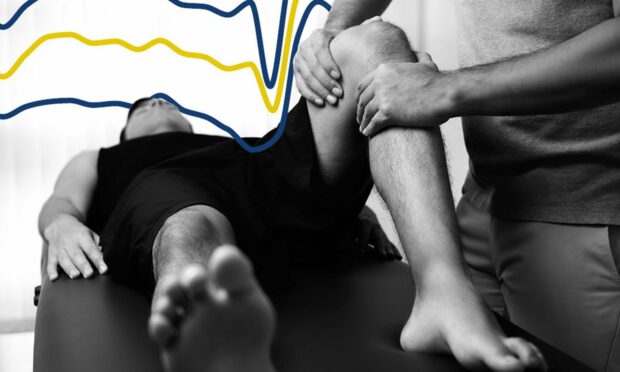
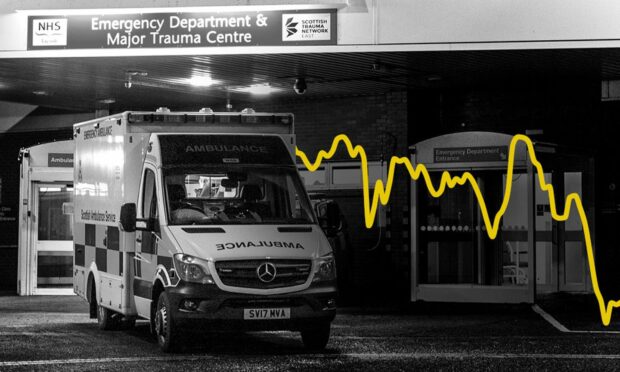
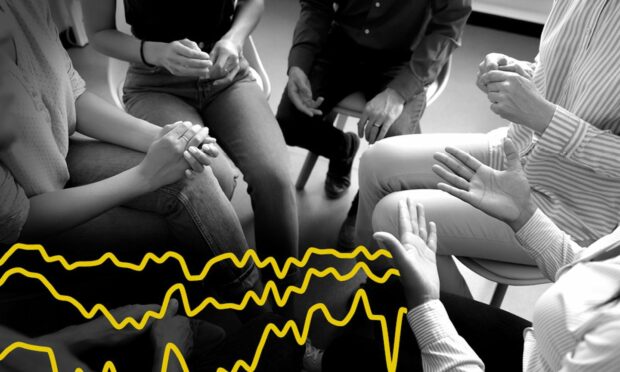
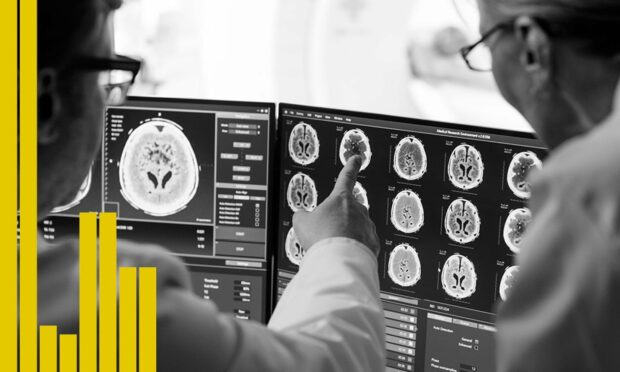

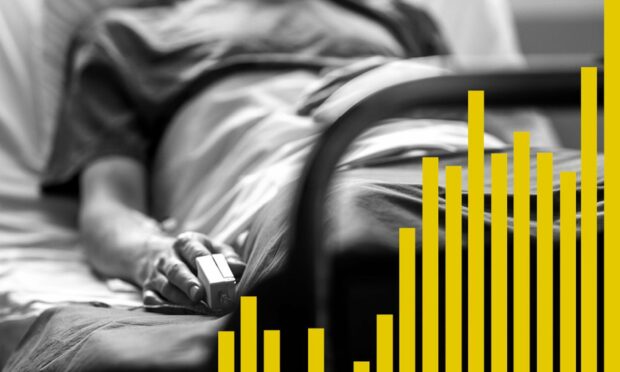
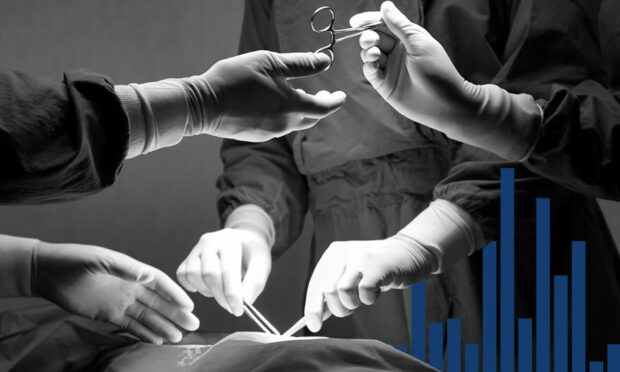
Conversation